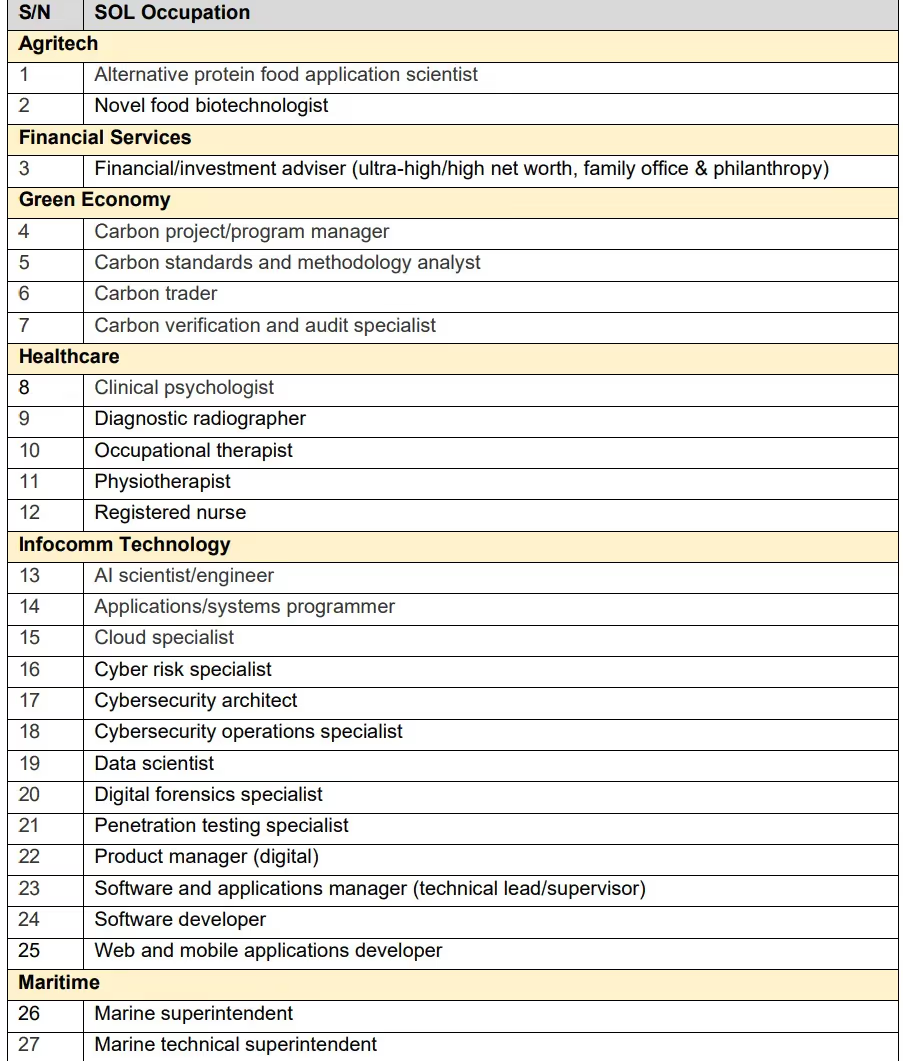A Schumpeterian Process of Skills Acquisition
In statistics, there is a powerful concept called Memoryless property. In a memoryless situation, each moment is considered independent of the past. The likelihood of an event happening in the future is not influenced by what has already occurred. It’s similar to flipping a fair coin. Each time you flip the coin, the chance of getting heads or tails remains the same, no matter what the previous flips were. The coin has no “memory” of its past flips.
This statistical property influences our lives more than we realize. The arrival of calls in a call center is memoryless. Each call arriving at the call center is considered independent of all previous and future calls.
I was reflecting on learning from this distribution and focusing on Skills Acquisition. In the skill acquisition theory, memorylessness can be used to understand how individuals learn and improve their skills over time. The memoryless assumption suggests that each practice session or learning opportunity is independent of previous ones. It implies that the skill improvement or learning rate is constant and not influenced by past experiences. This assumption can help model and predict the progression of skill development in various domains.
Schumpeterian creative destruction, named after the economist Joseph Schumpeter, refers to a process of economic transformation in which innovations, technologies, and business models continuously emerge, destroying existing industries, firms, and employment opportunities.
According to Schumpeter, creative destruction is an essential driving force of economic growth and progress. It describes how innovation and entrepreneurial activity disrupt and replace established economic structures, creating new industries, products, and jobs. This process involves constantly replacing old technologies and practices with newer, more efficient ones.
We are sitting with a rare advantage; the cost of skills building to human capital need not be cost-prohibitive, a bit different from what Schumpeter experienced when the book was written. The cost of learning a new skill is progressively getting optimized. I found a very interesting dissertation work by Abhimanyu Mukerji from Stanford University (Essays in Technological Innovation & financial economics). The author brilliantly examines the effect of Open source Tensor Flow and how it helped smaller businesses get into Deep Learning.
“The open-source release of TensorFlow represents an exogenous shock to the cost of ML/AI-related digital capital: firms are able to enjoy the benefits of these technologies without prohibitive investments in high-skill human capital and technological infrastructure.”
HR leaders need to understand these concepts and work towards a library of skills that need to be developed and created for the enterprise (looking ahead using the Schumpeterian creative process)
We believe that there are three steps in achieving this:
- A macro view on what skills are growing and where countries and companies are anticipating growth
- An enterprise-specific view with the incorporation of new trends in Generative AI to study where the impacts will be
- A memoryless skill-building approach where we can look at our existing human capital in an objective way (your HR talent may very well be your effective sales leaders)
An example view of Component1: Macro View
The Singapore government has come up with an SOL that may be helpful for one to look at. The following table is from the Singapore Shortage Occupation List (SOL)
They have published a list of jobs that are important for the country’s progress and where they anticipate a significant shortage

Component 2: An Enterprise View: Through Generative AI, we have new areas of skills to focus on across each job area.


Here is an interesting case study to close this week’s email.
Saudi Aramco, a leading global energy company, focuses on developing its workforce from the ground up. Around 70% of its employees are industrial workers, trained through in-house programs. High-school graduates start with a two-year apprenticeship, gaining entry-level academic and job skills. After certification, they continue as full-time employees for advanced training. Aramco employs immersive VR platforms for safe and scalable training, while AR and digitized materials enhance learning opportunities. Career paths, mentoring, and assessments enable workers to advance from entry-level to leadership positions. Scaling internal upskilling efforts benefits both Aramco and the industry. Implementing these initiatives requires significant investment.










.svg)




















.svg)





.svg)
